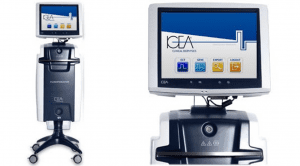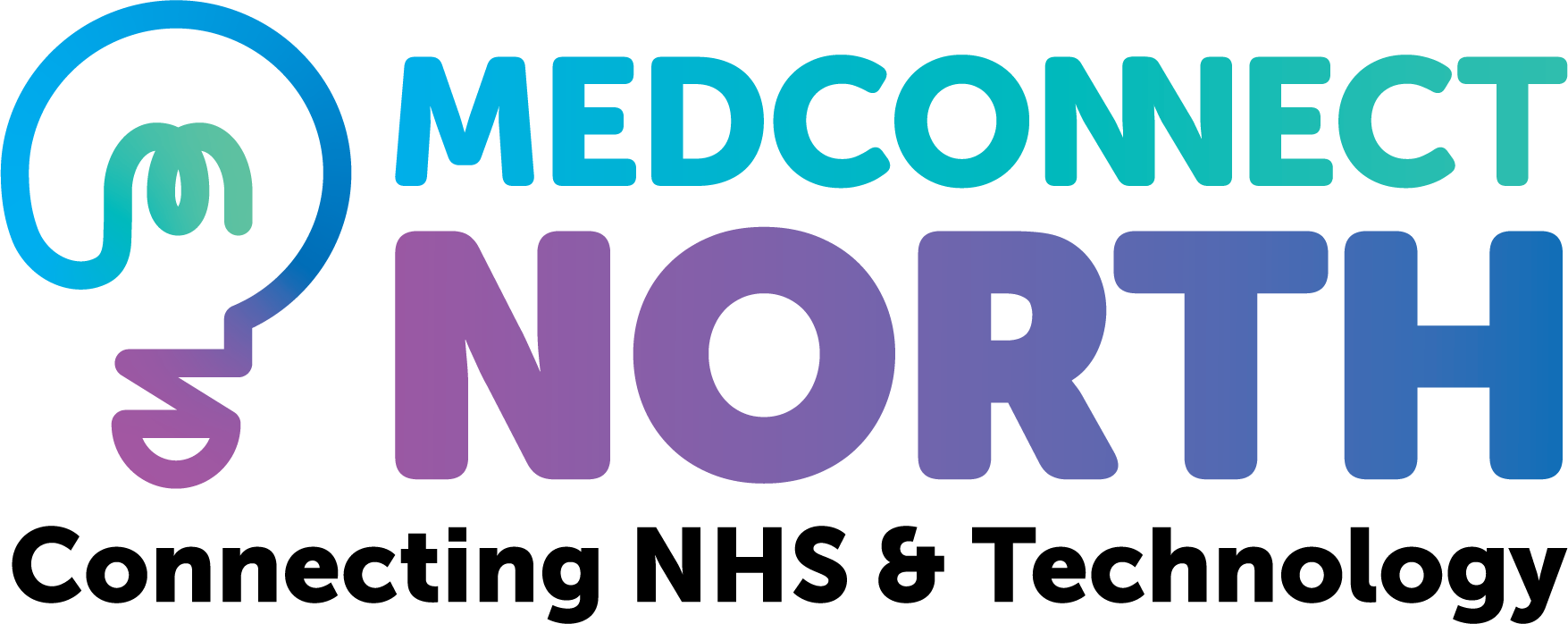 The aim of the BEST study is to examine the feasibility of assessing patient and clinician reported outcome of a single electrosclerotherapy treatment of vascular malformations.
The aim of the BEST study is to examine the feasibility of assessing patient and clinician reported outcome of a single electrosclerotherapy treatment of vascular malformations.
Vascular malformations are rare with some types found in less than 1 percent of the population. If you have one, chances are it developed before you were born—many types of vascular malformations don’t cause symptoms until they are triggered by such events as adolescence, pregnancy, or some major surgery, trauma or injury.
Vascular malformations are a result of the abnormal growth and development of a single type of vessel or a combination of vessels. Over the years, malformations can grow larger and become problematic depending on what type(s) of vessel is involved. They can be harmless and minor or very serious, sometimes even life-threatening.
The BEST study involves the use of a non-surgical, scar less injection treatment (sclerotherapy) with a drug called Bleomycin, combined with an electric pulse to increase the effect.
- Sclerotherapy = injection of Bleomycin into vascular birthmarks to seal off abnormal vascular channels
- Electroporation = application of an electric field to vessels treated with a handheld needle electrode
- Electrosclerotherapy = a combination of Bleomycin sclerotherapy and electroporation
The patient feedback and questionnaire forms in this study will be uniquely collected through a smartphone app utilising the HealthCall platform.
Electrosclerotherapy treatment has the potential of significant benefit to patients suffering with vascular anomalies. An existing, successful treatment with Bleomycin injection sclerotherapy is in practice, but is hampered by the need for multiple treatment sessions to achieve a response.
Multiple repeat treatments increase the total administered dose with an associated increased risk of side effects.
Patients need to take time off work to receive tertiary care treatment over an average of four sessions.
The possibility of an increased response rate (with electrosclerotherapy), with a lower treatment dose and less repeat sessions, poses significant benefits to patients with vascular birthmarks and the NHS.
